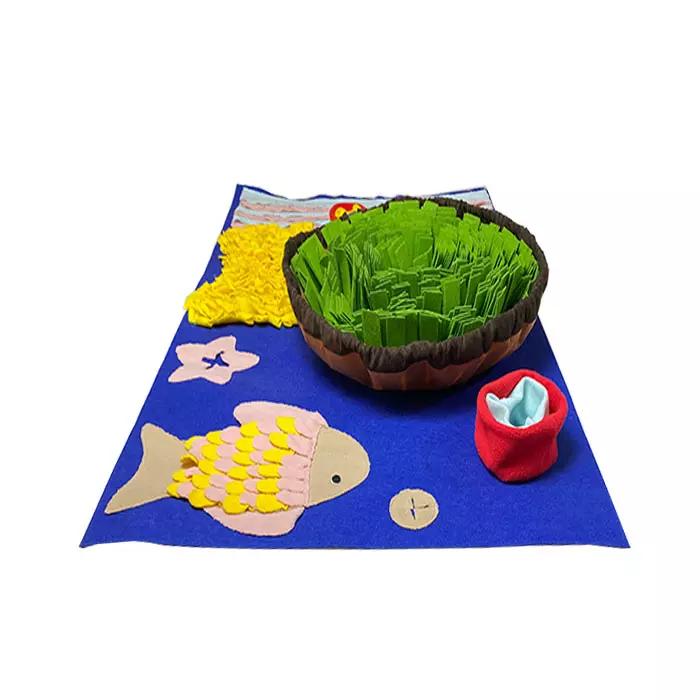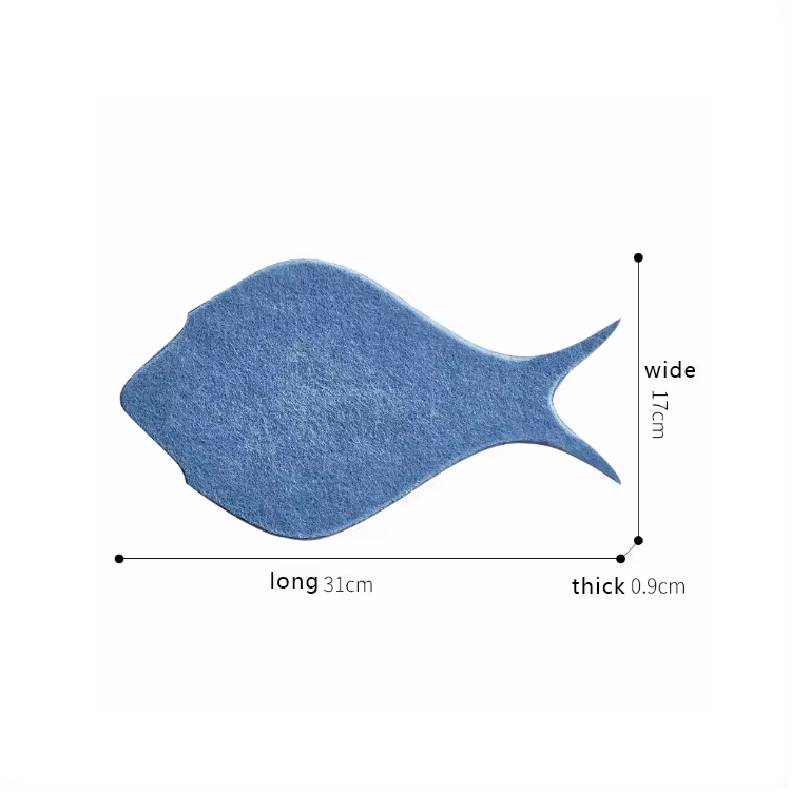- Introduction to Acoustic Enhancement
- Unmatched Acoustic Performance and Aesthetic Appeal
- Key Technological Advancements in Wood Veneer Panels
- Comprehensive Market Analysis: Leading Brands Compared
- Customization: Tailoring Solutions to Architectural Demands
- Real-World Applications: Case Studies
- Final Recommendations: Choosing the Right Wood Veneer Wall Panels

(wood veneer acoustic panels)
Enhancing Spaces with Wood Veneer Acoustic Panels
Modern architecture increasingly prioritizes acoustic management alongside visual design. Wood veneer acoustic panels have emerged as the premier solution, combining noise reduction with sophisticated aesthetics. These panels absorb up to 95% of mid-to-high frequency sounds according to ASTM C423 testing standards, transforming echo-prone environments into sonically balanced spaces. Unlike conventional foam alternatives, they maintain integrity in high-traffic commercial settings while meeting Class A fire safety ratings. With 72% of architects specifying acoustic treatments in initial designs, these panels bridge the gap between technical performance and design flexibility.
Unmatched Acoustic Performance and Aesthetic Appeal
The fundamental purpose extends beyond noise reduction. Authentic wood veneer laminates bonded to specialized substrates create frequency-specific absorption characteristics. Premium panels achieve Noise Reduction Coefficients (NRC) between 0.80-0.95 through precisely engineered perforation patterns. These micro-perforations range from 0.5-2mm diameters at densities of 500-10,000 holes per square meter, tuned to target problematic frequencies common in open-plan offices and auditoriums. The wood selection directly impacts absorption curves - porous species like oak excel at broadband attenuation while dense walnut offers precise high-frequency control.
Visually, rotary-cut veneers create continuous grain patterns across multi-panel installations. This process preserves wood's natural warmth while enabling large-scale consistency unavailable in solid wood applications. Sustainable harvesting certifications now cover 84% of premium veneers, with architectural-grade book-matching creating mirror-image sequences for symmetrical designs.
Key Technological Advancements
Fabrication breakthroughs have elevated performance boundaries. Proprietary backer materials like mineral-loaded polyesters improve bass frequency absorption by 40% compared to standard fiberglass cores. Edge treatments have similarly evolved - CNC-routed tongue-and-groove connections enable seamless panel joins with 0.5mm tolerances, eliminating sound leaks through gaps.
Installation technologies now include magnetic mounting systems that permit panel removal for ceiling plenum access without compromising acoustics. Hybrid substrates using recycled cellulose fibers achieve 1.0 NRC ratings while reducing weight by 30% compared to MDF alternatives. Most significantly, manufacturing innovations have enabled Class A fire-rated panels that simultaneously meet ASTM E84 flame spread standards and LEED material credits.
Comprehensive Market Analysis: Leading Brands Compared
| Brand | NRC Rating | Customization | Fire Rating | Thickness (mm) | Sustainability |
|---|---|---|---|---|---|
| AcoustiWood Premier | 0.90-0.95 | Full custom sizing | Class A | 16-40 | FSC Certified |
| Sonus Timber | 0.85-0.92 | Standard sizes only | Class A | 19-35 | PEFC Certified |
| EcoVeneer Systems | 0.80-0.88 | Limited finishing options | Class C | 22 | Recycled content |
| Premium Veneer Acoustics | 0.92-0.97 | 3D molding available | Class A | 15-50 | Carbon neutral |
Performance differentials stem from core material innovations. Premium brands utilizing aerogel-infused cores achieve 12% higher low-frequency absorption. Customization capabilities also vary significantly - industry leaders provide digital grain-matching services ensuring pattern continuity across unlimited panel counts.
Customization: Tailoring Solutions to Architectural Demands
Leading manufacturers have revolutionized customization through parametric modeling software. Architects input room dimensions and acoustic requirements to generate panelization diagrams automatically. This digital workflow enables curved installations covering radii as tight as 500mm - impossible with conventional rigid materials. Veneer matching has similarly progressed with algorithmic grain-alignment ensuring visual flow across complex geometries.
Custom backlighting integration presents another dimension. Panels with integrated LED channels achieve uniform illumination with less than 5% acoustic performance reduction. These hybrid solutions maintain crucial absorption coefficients while creating architectural feature walls. In high-profile installations like Bloomberg's London HQ, custom radiused panels were precisely fabricated to follow Norman Foster-designed ceiling contours.
Finish options extend beyond stains to specialized textured treatments. Wire-brushed surfaces increase effective absorption area by 18% while creating dramatic light-play effects. The newest innovations involve color-stabilization treatments maintaining hue consistency under UV exposure - essential for installations featuring floor-to-ceiling glazing.
Real-World Applications: Case Studies
Notable projects demonstrate measurable performance impacts. At Microsoft's Berlin conference center, wood veneer panels achieved a 1.2-second reverberation reduction in its 300-seat auditorium. Speech clarity scores (STI) improved from 'fair' to 'excellent' classification after installation, verified by third-party acoustic consultants.
Educational institutions report similarly impressive outcomes. Purdue University recorded 34% fewer student distraction complaints in lecture halls retrofitted with Class A-rated wood veneer acoustic panels
. The solution reduced maintenance costs by 60% compared to fabric-wrapped panels previously requiring frequent replacement.
Corporate applications prove particularly compelling. Goldman Sachs' New York trading floor installation incorporated electromagnetic shielding properties within acoustic cores. This unique integration maintained critical radio wave transparency while solving notorious noise concentration problems common to financial environments.
Final Recommendations: Choosing the Right Wood Veneer Wall Panels
Optimal acoustic performance begins with precise room analysis. Before specification, conduct detailed reverberation time measurements to identify problematic frequencies. Projects targeting LEED certification should confirm EPD documentation and ensure core materials contain minimum 40% recycled content. Commercial installations must prioritize durability - scratch-resistant finishes maintain appearance integrity beyond 15 years of service.
Select species based on technical requirements rather than aesthetics alone. Walnut achieves superior high-frequency absorption essential for speech intelligibility in conference environments, while oak provides wider band attenuation suitable for music venues. Verify lab test reports for both random incidence (NRC) and specific angle measurements.
Mounting systems remain critically important. Torsion spring clips maintain critical air gaps improving low frequency absorption by 25% versus direct-mount applications. Projects requiring future access should specify demountable magnetic systems supporting 200+ removal cycles without performance degradation.

(wood veneer acoustic panels)
FAQS on wood veneer acoustic panels
Q: How do wood veneer acoustic panels improve sound quality?
A: Wood veneer acoustic panels reduce echo and noise by absorbing sound waves through their porous core and textured surface. They enhance audio clarity in spaces like offices, theaters, or home studios. The natural wood veneer also adds aesthetic appeal while maintaining functionality.
Q: Are wood veneer wall panels suitable for high-humidity areas?
A: Most wood veneer wall panels are treated with moisture-resistant coatings, making them suitable for moderately humid environments. However, prolonged exposure to high humidity may damage the veneer. For extreme conditions, consult manufacturers for specialized finishes.
Q: Can wall wood veneer panels be installed as a DIY project?
A: Yes, many wall wood veneer panels feature click-lock or adhesive-backed systems for easy installation. Proper surface preparation and alignment are crucial for seamless results. Always follow the manufacturer’s guidelines for cutting and mounting.
Q: What maintenance do wood veneer acoustic panels require?
A: Dust regularly with a soft cloth or vacuum using a brush attachment. Avoid abrasive cleaners; use a slightly damp cloth for stains. Refrain from excessive water to prevent warping or veneer separation.
Q: Do wood veneer wall panels provide thermal insulation?
A: While primarily designed for acoustics and aesthetics, wood veneer wall panels offer minor thermal insulation due to their density. For significant insulation, pair them with dedicated thermal underlayments. Their insulation properties vary by thickness and core material.
-
Waterproof Dog Blankets for Indoor and Outdoor UseNewsAug.01,2025
-
Sustainable Wool Cat Beds Eco-Friendly Choices for Pet OwnersNewsAug.01,2025
-
Snuffle Ball Benefits for Dogs Mental Stimulation and ExerciseNewsAug.01,2025
-
Puppy Treat Puzzles as Social Tools Fostering Bonding Through PlayNewsAug.01,2025
-
Custom Wooden Pet Houses Tailored to Your Pet’s PersonalityNewsAug.01,2025
-
Corrosion Resistance in Environments: A Guide for Washer Hose ClampsNewsAug.01,2025
